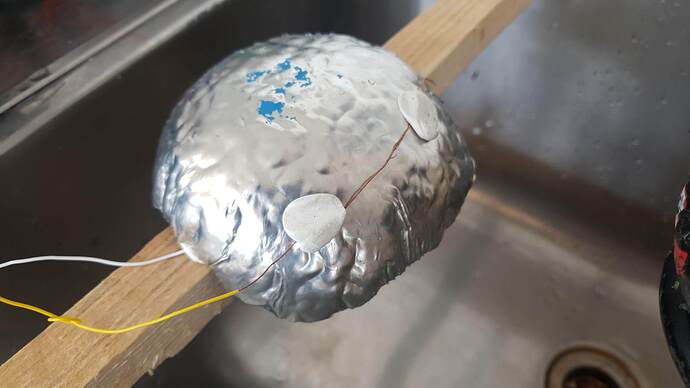Hi,
I am doing an interactive art installation where I need to measure how much water is in a bowl (3 actually).
It will function as a fountain, with a pump making the water drip into the bowls. The bowls have drains in the bottom, and if you block this with your hand the bowls will fill with water.
I would prefer to do this just by measuring the conductivity of the water. The simplicity is an important part of the work.
There are other parameters of the installation that may affect the conductivity but I'll spare you about those (at the moment at least).
The water can be normal tap water, or have chlorine added (taken from a swimming pool/bathing house), or something else added that is non toxic but beneficial for the conductivity in this scenario.
What problems will arise from using DC current in this case? Health issues? Stability issues? How could I counter this? Use AC somehow?
So far the best results has been when I use the water to conduct between two bare wires, in effect the actual change of conductivity is due to the amount of wire area that is covered by water. In this case I have used fresh water. But would prefer to use the actual water as a variable resistor instead (see pictures with the plastic bottles).
I am now experimenting with metal bowls and connecting either ground or analog pins to it, and have the other one mounted in the bottom of the bowl (see picture with the three metal bowls). This has not worked very good, yet. There is not a significant difference between a full or empty bowl.
I will add som code to auto calibrate max/min values when the bows are filled or empty, once I have a working solution for the measuring part. Thinking about detecting when the water is flowing over using a digital pin.
One thousand thank you's if you can chime in and help the get going! ![]()
Cheers


